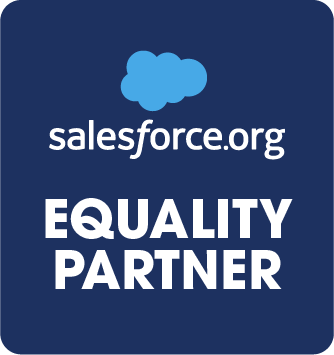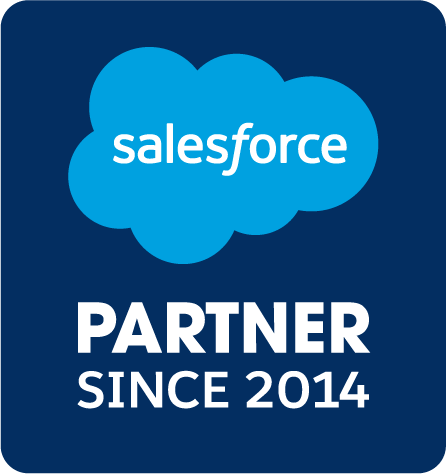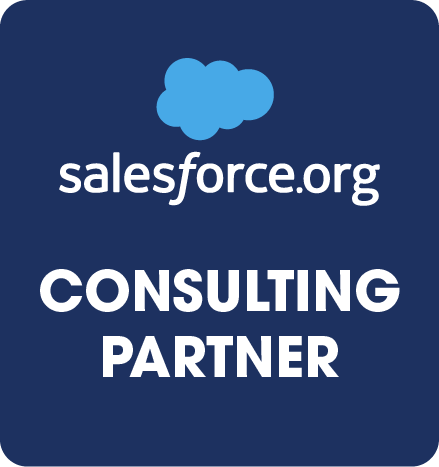Buzzbold is proudly involved in a unique, and somewhat experimental project in the public media space right now. Our client, Kentucky Educational Television (KET), is participating in a limited pilot test of a new Membership Video on Demand (MVOD aka. PLUS) system, wherein KET’s members that meet the nationally agreed upon criteria will be able to watch HD video and full season episodes that weren’t able to be delivered online in the past.
Although I’ve never known anyone at KET describe it as such, I’ve occasionally heard the term “paywall” tossed about from pockets in and around the public media system. I don’t think that particular term is fitting or does justice to the offering.
One of the challenges currently facing organizations will be integration. For those that do join because of the MVOD service, I’d expect them to want access to the video rather quickly, perhaps immediately, and while the Membership Vault API does give the station a way to quickly provision benefits, not every station has the capability to instantly push qualifying member information into it. Buzzbold and KET are addressing this by releasing a Salesforce application for PBS stations, which gives stations a friendlier way to manage membership records, in some cases using the tools they already have, and hopefully begin taking advantage of the program sooner.
Back to my critique of the paywall term, though; the truth is, these new benefits are beingadded retroactively to current memberships, for people who have been giving and were never promised they would have access to new high def programs and full seasons of programs previously without digital streaming rights. It’s more of a premium than a restriction, and the minimum donation comes out to less than $5/mo.
Sure, it’s an incentive for new and renewed giving, but in my mind, I don’t believe that the large majority of people would continue to give any less in its absence, although they may give more. It would be useful to give this program attribution for a future increase in memberships, but PBS and the member stations have so many other benefits that it will be difficult to isolate it as the cause.
There’s a lot for the nonprofit world to learn from a national organization working closely with regional and local partners, so let’s look at some of the value of partnering for mass digital engagement.
1) Trust and identity
Whenever we’re working with digital users, sites, apps, etc, we know we unlock new opportunities to serve the public when we allow the user to have their own identity and control their own destiny. Identity can be complex and expensive to do well. Beyond the actual authentication and security considerations, we have to think about where and how a user’s profile data is managed. PBS has given stations a unique opportunity to associate membership identities with the PBS identity through the benefit activation process. As a U.S. national nonprofit brand, the identity has the added benefit for the user that their identity has broad use across multiple devices, sites, stations, and platforms.
This applies to other nonprofits as more and more jump into the mobile app and digital services space. Yes, organization-to-vendor direct options are available, but organization costs can likely go down when discussing a group-buy.
2) Risk management
Every type of service delivery has its own complexities, and media rights and licensing management is just about as complex as it gets. Media consumption privacy laws are unclear and there are still precedents to be established. PBS helps stations explore the limits of murky territory with more care and attention than a local station can often afford, or risk, to do alone.
When an organization is facing uncertainty about regulations and privacy, this is a perfect time to reach out to peers and collaborate.
3) Technical resource management and quality of service
We’re not going to be able to run an enterprise-grade digital service on the T-1, folks. We need a multimedia-capable, scalable, distributed datacenter. It needs room to breath in times of heightened demand, and to compress when demand is lower. More users across a national pool means heightened stability and reliability on the promise, and more efficient utilization of financial resources.
How many folks on your team are media delivery experts across all platforms? How about service scalability? The wizards are among us, and gosh, do we love them, but it’s no small ask to have them available 24/7 for every station in the country. PBS is able to access a talent pool that is sometimes out of reach, and able to distribute their attention for the entire PBS system.
Granted, video delivery has a higher expected for public television, and for an organization wanting to deliver videos without restrictions, YouTube for Nonprofits might be the best option. But the service level concern applies to user databases and static media resources as well. If there’s a likelihood your digital offerings won’t be able to grow with demand, it’s better to start with a scaled down (but scalable) design, even if costs are a bit higher to start. And if it should scale, why not work with another (or many other) organization(s), bringing organizational segmenting into your schema?
4) Customer support
When we’re making a promise, we need to be able to follow through. This often includes 24-hour support. Development can staff the call center… right? No? Programming? New pagers for everybody? C’mon. We can work together to ensure the member customer service is high, and the economy of scale for a national user base offers decreasing costs to being able to have a competent service agent available whenever help is needed.
And a bit more on this–I’m a huge fan of help desk software for all businesses and nonprofits. We use Freshdesk at Buzzbold, but I also like Desk.com and Salesforce Service Cloud among others. When your FAQs and knowledge base solutions are easily accessible in the same space as requests for help, you can often get users questions resolved before needing to put expensive staff resources to task. It’s not that you don’t want to talk to them, but removing barriers to problem resolution is paramount to a strong relationship. Most helpdesk (sometimes called case or ticket management) systems offer multi-brand support, and if the solutions are similar enough between organizations, I can see cost and labor savings in working together to develop universal solutions and to appropriately route requests.
5) Standards
Buzzbold wasn’t even remotely involved in the thinking that went into the design of the Membership-Video-on-Demand system, but we know that many meetings were held by hardworking teams and committees that are continuing to build consensus and establish data sharing standards. The result is impressive. Membership Vault is valuable to members and simple for stations. The organizations entering into the program have a solid, clear framework for their first foray into bridging the separate user databases. There’s a lot to be said for starting with the minimally viable offering that works for many organizations. Upon this bedrock new features and benefits will be able to be added and tested incrementally.
We’re watching this closely, because we think the outcomes and successes that PBS and members stations will be experiencing soon can give us new understanding of the benefits of inter-organizational collaboration. Our question next becomes, where else can a federated digital services model thrive?
If you’re a PBS member station, and are interested in learning about our Salesforce app for managing memberships in the PBS Membership Vault API, check out the feature overview. Although Membership Vault/PLUS hasn’t been rolled out nationally yet, we’re nearly ready with our pilot release, and are excited to meet stations that are interested in participating in the next round.




